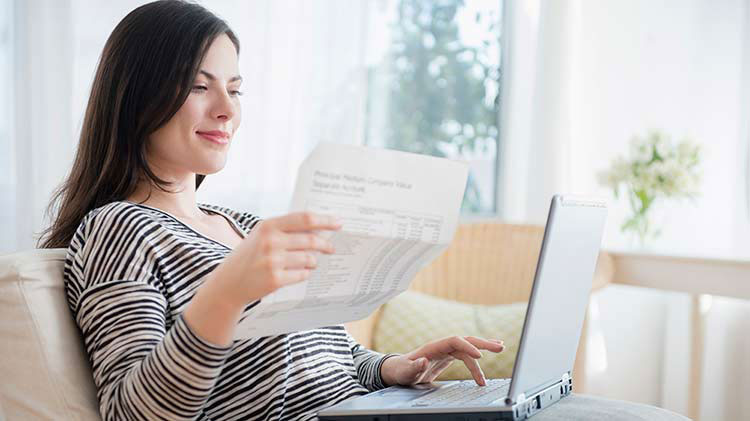Build an emergency fund
Having extra cash in an emergency fund comes in handy when life throws you something unexpected.
Financial surprises can happen at any time, and often when we least expect them. Having an emergency fund can help you stay afloat during these unexpected times.
What is an emergency fund
An emergency fund is a financial safety net designed to cover unexpected expenses or financial emergencies like medical bills, urgent home or car repairs, a job loss or any event that could affect your financial stability.
Why do you need an emergency fund
Since emergencies and unexpected expenses can happen to anyone at any moment, being prepared can make the difference between a manageable problem and a potential financial crisis. This fund can help you stay afloat during tough times — you can use it to help cover daily living expenses and handle financial challenges without sinking into heavy debt. A 2022 Federal Reserve report found that only 63% of adults surveyed could handle an unexpected $400 expense using their savings.
How to create an emergency fund
Here are some tips to help you create and grow emergency fund savings:
- Start with a target. Financial professionals usually suggest saving enough to cover three to six months' living expenses, but you might need more or less based on your personal situation and comfort.
- Make a budget. Look at your income and spending. Find where you can cut back to put more money into your emergency fund. Review different expenses and decide if the extra coffee or streaming service is really needed. Perhaps the money for that extra cup of coffee could go towards your savings. You can use this emergency funds calculator to help you get started.
- Save regularly. Make saving a part of your regular routine. Even saving small amounts can add up.
- Grow your fund. Consider keeping your emergency fund in a savings account that offers good interest. And if you receive unexpected money, a tax refund or a work bonus, consider putting it all or part of it into your emergency fund.
- Rebuild your fund. If you use it, begin rebuilding it. Also, take a moment to reconsider the amount you saved to see if it was sufficient or if you need to adjust your savings strategy.
Remember, reaching your savings goal might take some time, but it'll be worth it in the end.
Where to keep your emergency fund
You can keep your emergency fund in a high-yield savings account, a money market account or a certificate of deposit (CD). These options often offer higher interest rates than regular savings accounts, allowing your fund to grow faster. However, CDs require you to leave your money untouched for a specific period.
Choosing where to keep your fund is about finding the right balance between easy access and growth. You want your money to be there when you need it, but also want it to grow.
Now that you have read the basics of emergency funds, you may be interested in other financial topics like how to create a financial emergency plan or tips to help achieve financial wellness.
The information in this article was obtained from various sources not associated with State Farm® (including State Farm Mutual Automobile Insurance Company and its subsidiaries and affiliates). While we believe it to be reliable and accurate, we do not warrant the accuracy or reliability of the information. State Farm is not responsible for, and does not endorse or approve, either implicitly or explicitly, the content of any third party sites that might be hyperlinked from this page. The information is not intended to replace manuals, instructions or information provided by a manufacturer or the advice of a qualified professional, or to affect coverage under any applicable insurance policy. These suggestions are not a complete list of every loss control measure. State Farm makes no guarantees of results from use of this information.
This article was drafted with the help of AI and reviewed by State Farm editors.




